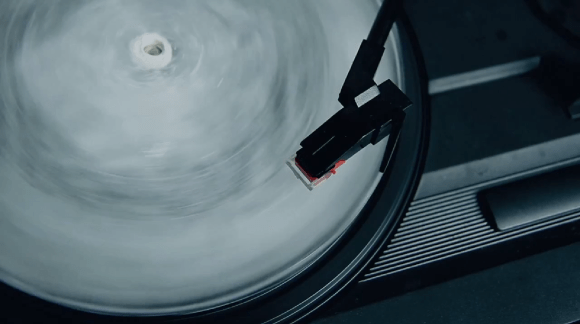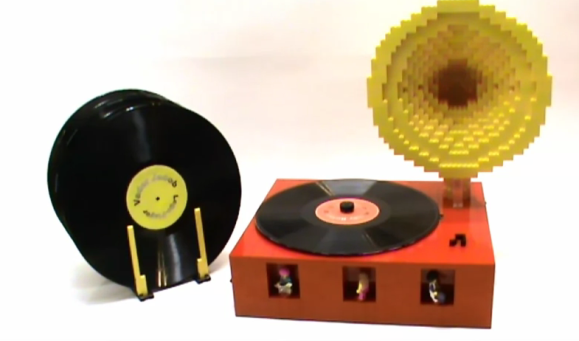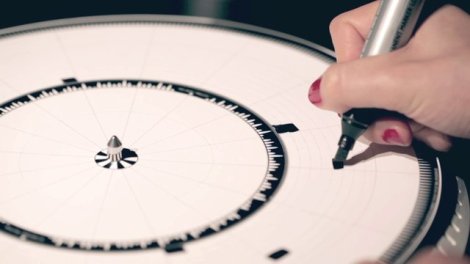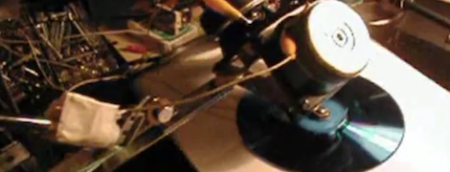In some alternate universe, where laser cutters and phonographs are more common than MP3 players, it makes a ton of sense to release laser-cutter files for your band’s new album (Translated). In this universe, it’s wacky and awesome.
The new EP from ASIC, alias [Patric] from Fablab Zürich, is out as PDF before it’s out in other forms of digital download, and the trailer video (embedded below the break) looks fantastic.
The release draws on this Instructable by Amanda Ghassaei to turn the music into PDFs suitable for feeding into a laser cutter, and we think it’s classy that she gets a shout-out on the label’s release page. Everything else about the album will be released under a Creative Commons license to boot.


















